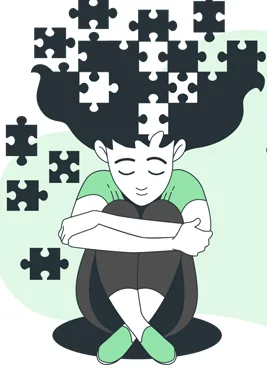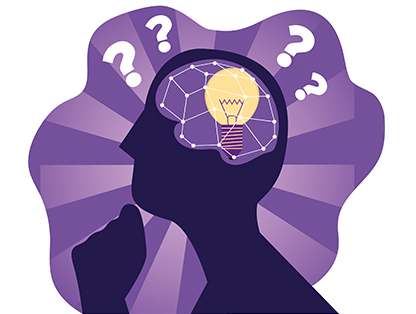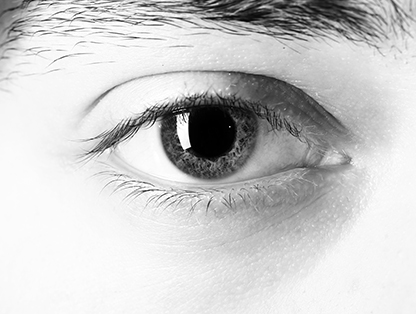How do you picture an adult with Autism Spectrum Disorder? Do you think of a lonely person with no family or friends, no job, or hobby? Not necessarily. Moreover, you yourself may experience symptoms characteristic of autism to some degree. To determine their level, we suggest you take the RAADS-R test (the modified Ritvo Autism and Asperger’s Diagnostic Scale-R) — one of the most popular tools used today in clinical settings to identify Autism Spectrum Disorders (ASD),including Asperger’s syndrome. Please note that this questionnaire is intended for adults (aged 18 and older) with average or above-average intelligence. (You can find out your intelligence level by taking the free Raven IQ test here.)
Perhaps you remember being different from your peers in childhood, being too quiet, shy, and quickly getting tired of communication? You may not have expressed expected emotions and reacted strongly to changes in familiar circumstances. Your parents may have ignored this or tried to “re-educate” you to be more like “normal” children. And they almost succeeded. However, many problems in adulthood can be caused by childhood symptoms that were not given proper attention at the time.
The RAADS-R questionnaire stands out among similar tests for its high level of validity and reliability, especially for identifying Asperger’s syndrome or high-functioning autism, which may have been overlooked in childhood. Another advantage of this questionnaire is that it accurately assesses autism spectrum syndromes and does not produce false positives due to related conditions such as social phobia, anxiety disorder, schizophrenia, post-traumatic stress disorder, etc.
If you suspect that you have an autism spectrum disorder, self-assessment using the RAADS-R can be the first step toward seeking help. The average score for people without ASD is in the range of 20–30 points, while for autistic people it is in the range of 130–140 points.
Keep in mind that diagnosing autism is a complex and comprehensive process, and although the RAADS-R results are fairly accurate, they are not infallible. Therefore, test results should be interpreted by professionals, and self-diagnosis is not recommended.















